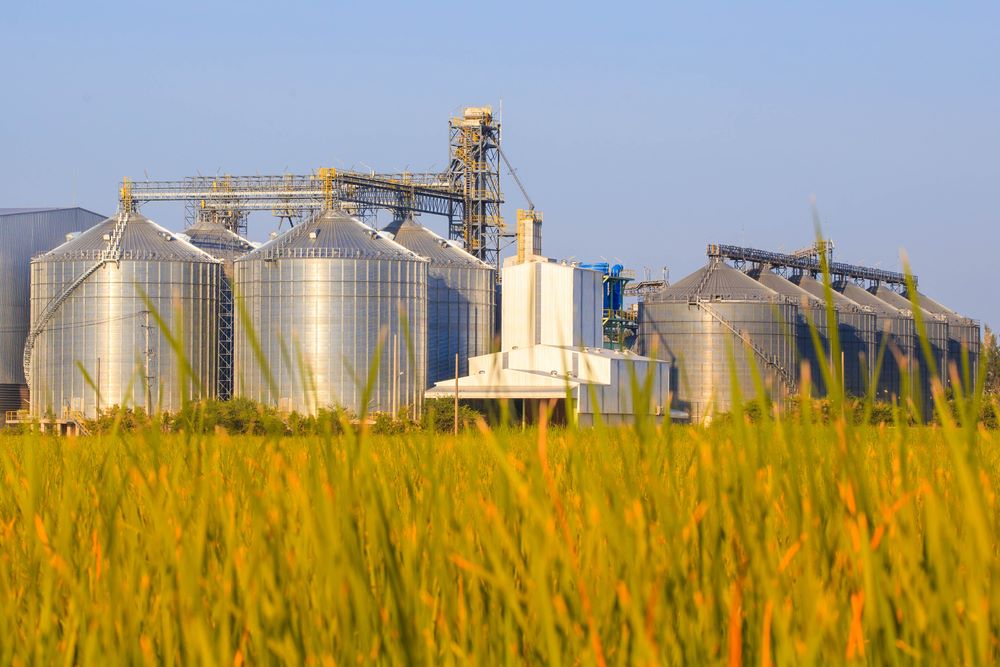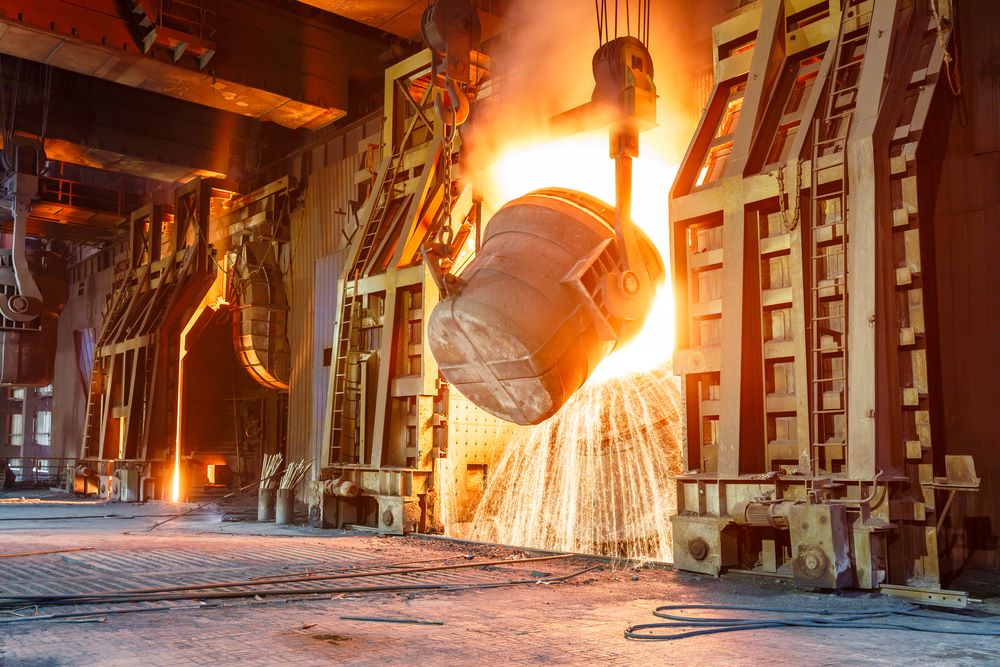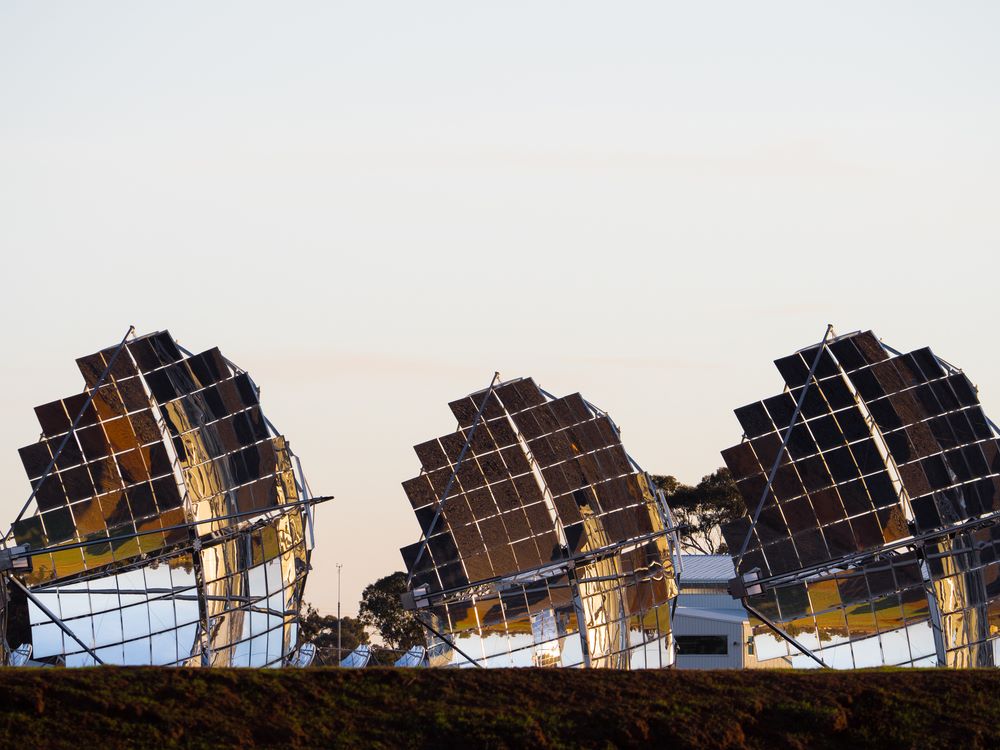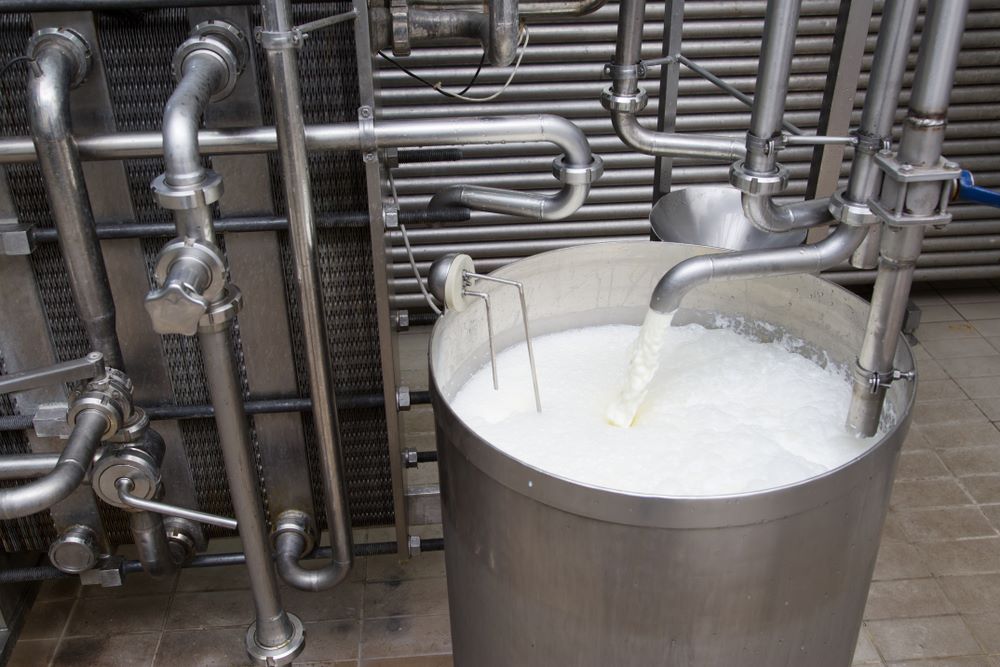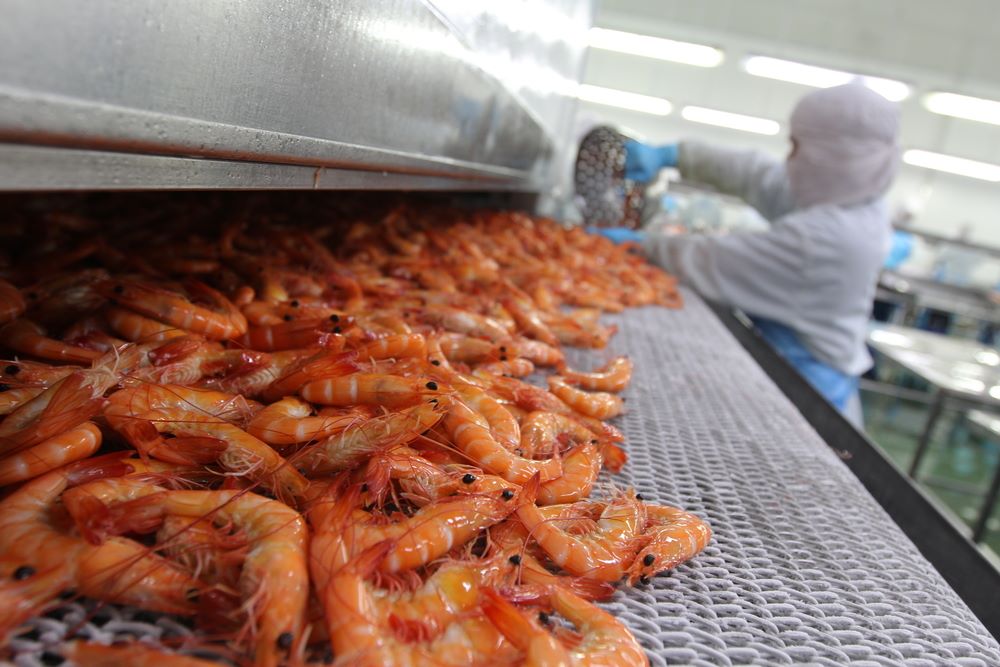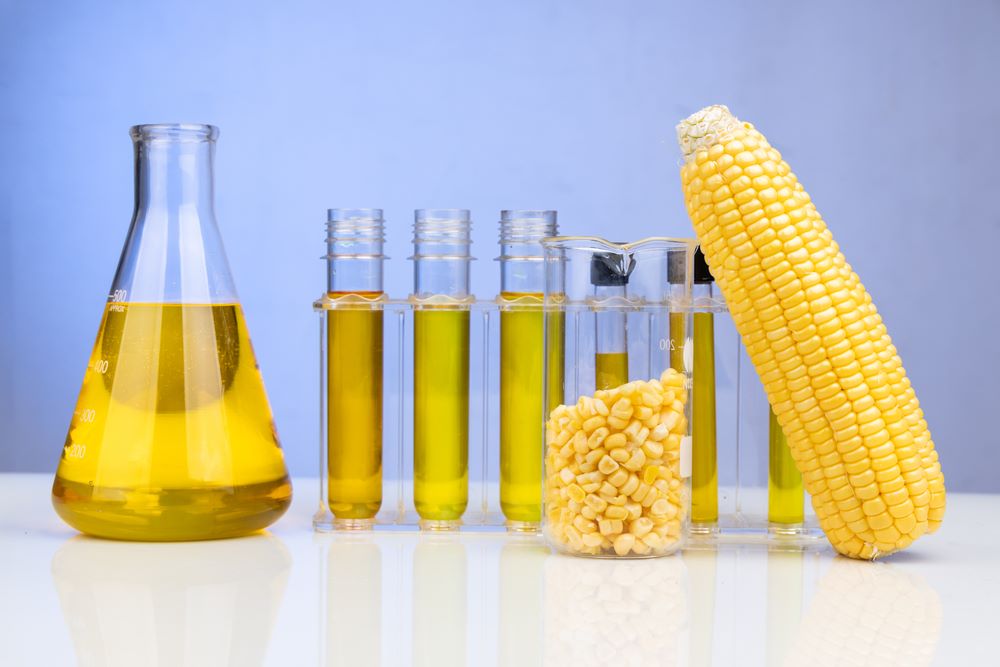Steam Turbines convert pressure energy (more specifically Heat Energy) into useful mechanical work. The mechanical work thus generated can be used either to drive equipment such as Pumps, Blowers, Fans etc. or to further generate electrical power. The amount of work converted depends on the difference in Inlet and Exhaust Enthalpy / Heat Content of the Steam and the Quantify of steam flowing through the Steam Turbine. Hence the work output from a Steam Turbine can be either increased by increasing the Enthalpy Drop or the Quantity of Steam Flow.
Single Stage Steam Turbines as used where the Enthalpy Drop is reasonably low. If the high enthalpy drop needs to be achieved, Multistage Steam Turbines are used. The Amount of Enthalpy that can be dropped in a stage is limited by the diameter of the turbine wheel and the speed of the Steam Turbine. Theoretically, a Single Stage Steam Turbine can drop any amount of Enthalpy of we can increase the turbine speed and the turbine wheel diameter. Owing to the cost and design constraints, it is not possible to increase either the Steam Turbine wheel diameter or the turbine speed beyond a value. The Multistage Steam Turbine was thus invented to drop a large amount of enthalpy in a practical way to achieve maximum possible power generation from any given quality of steam flow.

Multistage Steam Turbines got developed over a period of time with various configurations. The major being, Velocity Compounded, and Pressure Compounded. There is also combinations of Pressure and Velocity Compounded Multistage Steam Turbines. In Pressure Compounded Multistage Steam Turbines, the pressure energy of the steam is dropped over a series of stages. In Velocity Compound Steam Turbines the steam pressure is dropped in the first row of blades and the velocity thus gained is dropped over a series of stages.
Single Stage Steam Turbines are primarily used for Drive applications to drive Pumps, Blowers, Fans, etc., and sometimes for power generation where the desired enthalpy drop is limited. Multistage Steam Turbines are used primarily for power generation applications. There are four types of Multistage Steam Turbines. Back Pressure Multistage Steam Turbines, Extraction cum Back Pressure Multistage Steam Turbines, Extraction cum Condensing Multistage Steam Turbines and Condensing Multistage Steam Turbines.

Depending on the directly of the Steam Flow inside a Multistage Steam Turbine, these can be classified as Axial Flow Multistage Steam Turbines or Radial Flow Multistage Steam Turbines. Axial Flow Multistage Steam Turbines have gained popularity over the Radial Flow Multistage Steam Turbines owing to the low manufacturing cost and scalability.


